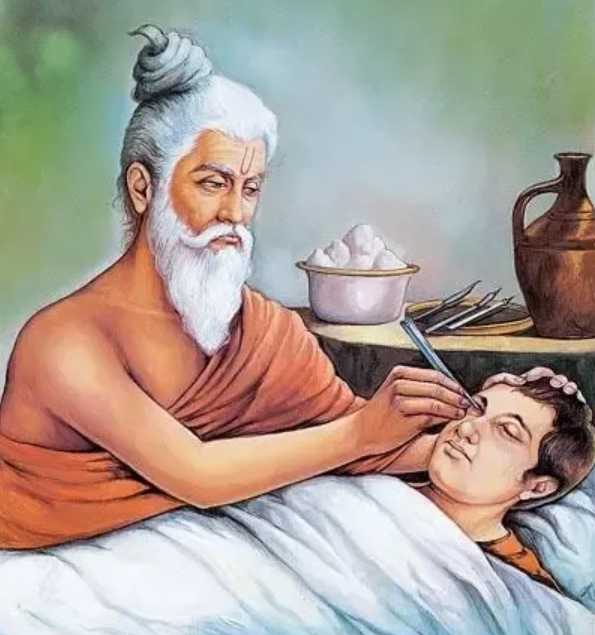Ancient India is well known for its rich culture and heritage. It has laid the foundation for many a modern-day practice which are relevant even today. The Indus valley civilization which involved the building of township like Harappa and Mohenjo Daro are a classic example of India’s progressive thinking for better and planned living. The necessities like sewage, each house’s architecture, and the social and economic structure of the towns were a part of the robust civilization model formulated many years ago. This proves the far-sighted approach and excellent administrative skills of the people and administrators. India gifted scholars like Aryabhatta and Varahamihira, who were well-known mathematicians and astronomers.
Ancient people of India practiced many religious rituals which had scientific relevance and are a guiding force for today’s living. One most valuable contribution is to the field of medicine and surgery. India was a pioneer is laying the foundation stone in this field too.
Maharishi Sushruta was the most celebrated physician and surgeon in India. He was the son of the sage Visvamitra. He is likely to have lived around the 7th or 6th century BCE. He is regarded as the ‘Father of Indian Medicine’ and ‘Father of Plastic Surgery’ who wrote one of the world’s earliest works on medicine and surgery – ‘The Sushruta Samhita’. The word ‘Samhita’ means collection. Thus, the ‘Sushruta Samhita’ is a collection and a main source of references of medical and surgical practices performed by the medical expert Maharishi Sushruta himself. Also, it is an elaborate collection of the various ophthalmic diseases and their treatment, each individually explained. This ancient journal in written in Sanskrit and dates to the times before Christ. It also lays a foundation to the ancient Hindu form of medicine- Ayurveda.
Wonder how in those times in the absence of advanced medical equipment’s or ultrasound devices, complex surgeries including cosmetic procedures were performed by the expert hand of this genius.
Well! here is an interesting account of the works of Sushruta:
1. The Samhita documents the treatments of more than 1100 diseases, usage of medical plants and instructions of performing complex surgical procedures like skin grafting and reconstruction of the nose.
2. Rhinoplasty (a technique still used to reconstruct a nose) is mentioned in the Samhita. He used a flap of skin from the forehead to form a new nose. This practice then paved the way to reconstruct the external nose and later developed to a full-fledged science.
3. Maharishi also gave a detailed account of the treatment of 12 varieties of fractures and six types of dislocation. This amazes the orthopedic surgeons even today.
4. The practices like traction and postoperative physiotherapy are mentioned by Sushruta.
5. He developed many unique and practical techniques to dissect the human body and study its structure. These methods provided him an insight on performing surgical operations and help him demonstrate his practices to his students.
The way he taught his surgical skills to his students was very interesting. Incision on vegetables and worm-eater woods were his experimental teachings. He strongly believed that surgery students can learn about human bodies and its organs by dissecting dead bodies.
The first European translation of Sushruta Samhita was published by Hessler in Latin and in German by Muller in the early 19th century. The complete English Version was done by Kaviraj Kunja Lal Bhishagratna in the three volumes in 1907 in Calcutta.
Sushruta was a genius who took surgery in medieval India to great heights and laid a foundation stone to the medical history. Truly this era of Maharishi Sushruta practicing the medical practices with adroitness is considered as the Golden Era of Surgery.


